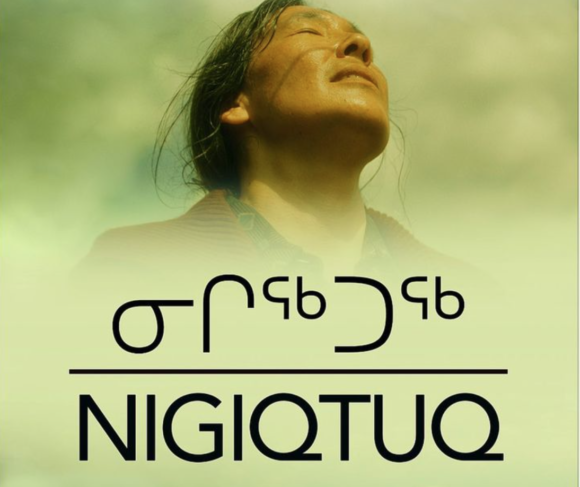Reviewed by Robin Laurence
In western art, abstraction is invariably associated with modernism. In nonwestern art, abstraction is more ancient, more enduring, and often impregnated with cultural meanings and religious beliefs. Where western and nonwestern traditions come together–as in the drawings of the late Inuit artist Sheojuk Etidlooie–a unique and magical process of image-making can occur.
As discussed in Robert Kardosh’s illuminating exhibition essay, the particular conditions of Etidlooie’s life contributed to the originality of her art. Born in 1932 at an outpost camp on southern Baffin Island, she grew up and married within traditional Inuit culture, living on the land and moving between isolated northern camps and communities. She did not settle in Cape Dorset until the early 1980s, and did not begin producing art until a decade after that. What she created was unlike anything else coming out of that community–or any other. Her career was both brief and remarkable, ending with her death from cancer in 1999.






